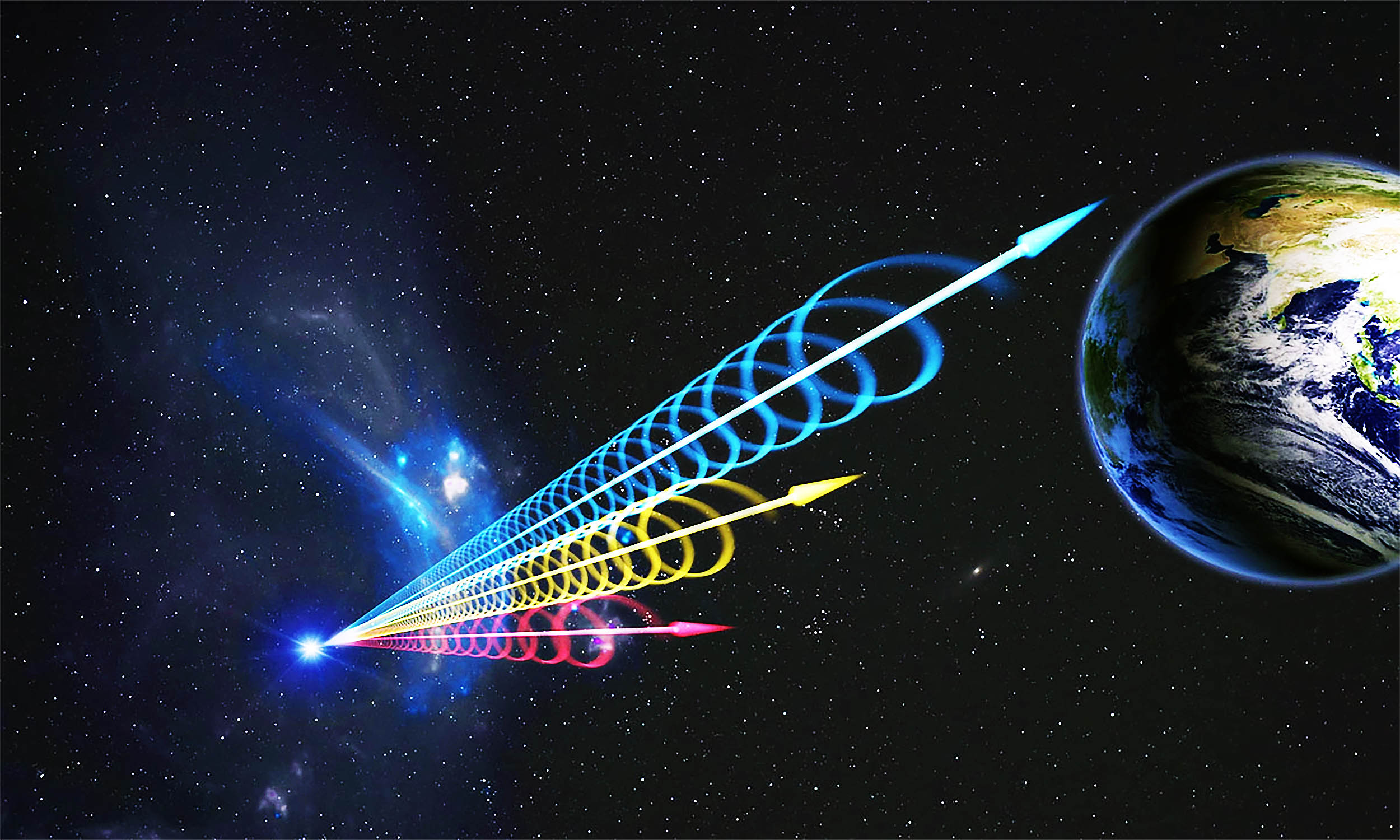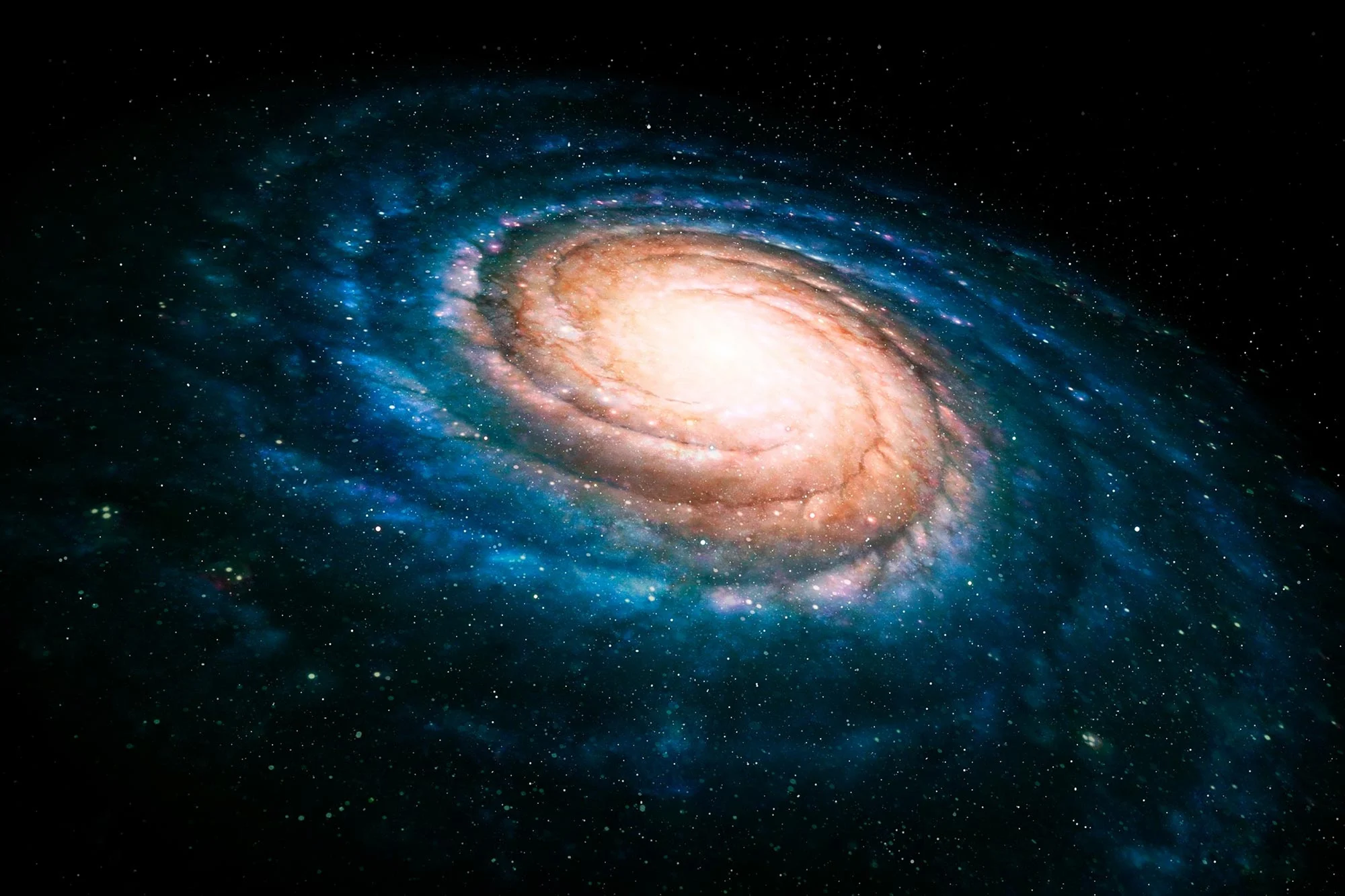There are an estimated 20 quintillion stars in the observable universe, but sand grains on Earth might outnumber them. Here is some key information for you to watch before deciding to read the whole article. Thanks for visiting us!
Stars vs. Sand: The Numbers Game
The popular saying that there are more stars in the universe than grains of sand on Earth’s beaches, famously popularized by Carl Sagan, has always been difficult to grasp. When you consider the vast number of sand grains on just one beach, let alone the entire planet, it seems impossible that stars could outnumber them. However, despite its popularity, this claim might not hold up under scrutiny. Let’s explore this cosmic comparison using rough estimates.
The Stars in the Universe
Our galaxy, the Milky Way, contains an estimated 200 billion stars, though it’s hard to nail down an exact number because of dust and gas that obscure our view. Expanding this estimate to the entire observable universe requires accounting for the number of galaxies, which in 2016 was estimated to be about two trillion. However, the number of stars varies greatly depending on the size and mass of the galaxies.

Most galaxies are far smaller than the Milky Way, with an average mass of one million solar masses. Also, considering that the sun is unusually large compared to most stars (especially red dwarfs), we estimate around 10 stars per solar mass. So, a reasonable estimate for the total number of stars in the universe comes out to around 20 quintillion (2 x 10^19).
How Much Sand Is There?
Estimating the number of grains of sand on Earth’s beaches begins by calculating the volume of sand. A typical grain of sand measures about 1 millimeter across. This means that one cubic meter of sand holds approximately one billion grains. Now, consider all the beaches on Earth. The total shoreline of the world’s continents is about 2.5 million kilometers long, and about 30% of this is sandy. Assuming an average width of 50 meters and depth of 10 meters, this gives a total volume of roughly 375 billion cubic meters of sand.
Multiplying this volume by the number of grains per cubic meter results in an estimate of around 400 quintillion grains of sand on Earth’s beaches (4 x 10^20). This means that the grains of sand on Earth’s beaches could outnumber the stars in the universe by a factor of 20.

What About Other Sand?
These calculations don’t even account for sand found in deserts, on the ocean floor, or other sandy environments. The Sahara Desert alone likely contains many times more sand than all the world’s beaches combined.
While the saying about stars and sand might inspire wonder, a closer look shows that the numbers may not back it up. Based on these rough estimates, Earth’s grains of sand outnumber the stars in the universe. Still, the immensity of both quantities reminds us of the vastness of the cosmos and the scale of our planet.




